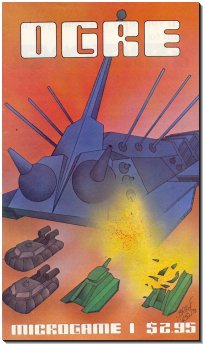
OGRE is a science fiction board wargame designed by the American game designer Steve Jackson and published by Metagaming Concepts in 1977 as the first microgame in its MicroGame line. When Steve Jackson left Metagaming to form his own company, he took the rights to OGRE with him, and all subsequent editions have been produced by Steve Jackson Games (SJG).

G.E.V. is a science fiction board wargame that simulates combat in the near future between supertanks and other futuristic weaponry. The game was designed by American game designer Steve Jackson as a sequel to his Ogre board game when he was working for Metagaming Concepts. When Jackson left Metagaming to form his own company, he took the rights to both G.E.V. and Ogre with him, and all subsequent editions have been produced by Steve Jackson Games.

WarpWar is a science fiction board wargame published by Metagaming Concepts in 1977 that simulates interstellar combat. It was the fourth in Metagaming's MicroGame series.

Melee is a board wargame designed by Steve Jackson, and released in 1977 by Metagaming Concepts. In 2019, Melee was revived and re-released by Steve Jackson Games.

Chitin: I is a science fiction microgame published by Metagaming Concepts in 1977 in which bands of intelligent insects vie for resources.

Annihilator & One World are two board wargames released in one package by Metagaming Concepts in 1979 as the 14th addition to its MicroGame line.

Hot Spot is a science fiction board wargame published by Metagaming Concepts in 1979 that simulates the battle for possession of a molten planet.
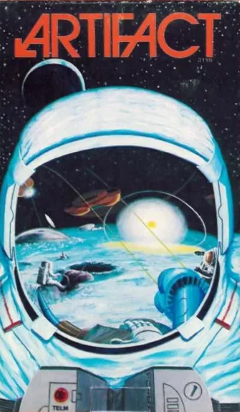
Artifact is a science fiction microgame published by Metagaming Concepts in 1980 as part of its MicroGame line that simulates combat on the moon over a recovered alien artifact.

Holy War is a science fiction board wargame published by Metagaming Concepts in 1979 in which two groups battle each other inside a pocket universe.

Ice War is a board wargame published by Metagaming Concepts in 1978 that hypothesizes a Eurasian attack against American oilfields in Alaska.

Black Hole is a science fiction board wargame published by Metagaming Concepts in 1978 as part of its MicroGame line.

Invasion of the Air-eaters is a science fiction near-future board wargame published by Metagaming Concepts in 1979 in which aliens invaders attempt to replace the oxygen in Earth's atmosphere with sulfur dioxide.
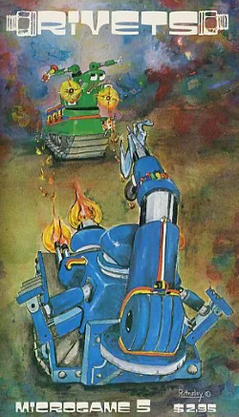
Rivets is a post-apocalyptic board wargame published by Metagaming Concepts in 1977.

Ram Speed, subtitled "Naval Warfare in the Bronze Age", is a two-player microgame published by Metagaming Concepts in 1980 that simulates naval combat between galleys in the Mediterranean during the Bronze Age when the preferred method of attack was ramming a ship.

Dimension Demons is a science fiction board wargame published by Metagaming Concepts in 1981 as part of its MicroGame line.
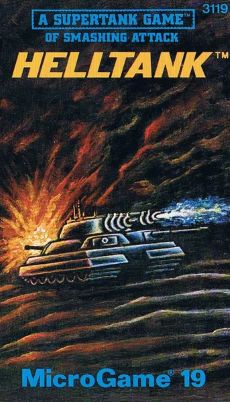
Helltank is a science fiction board wargame published by Metagaming Concepts in 1981 as part of its MicroGame line. The game simulates combat in the future between a supertank and more conventional forces.

Trailblazer is a science fiction microgame game published by Metagaming Concepts in 1981 that simulates interstellar trading. Critics found the game tedious, with an unexpectedly large amount of bookkeeping involved.

Helltank Destroyer is a science fiction board wargame published by Metagaming Concepts in 1982 as part of its MicroGame line that features combat between supertanks and other futuristic weapoons systems. The game is a sequel to 1981's Helltank, which is itself based on Ogre.

Starleader: Assault! is a science fiction microgame published by Metagaming Concepts in 1982 that was designed to introduce the rules of combat with firearms for a forthcoming science fiction role-playing game that did not get published before Metagaming went out of business.
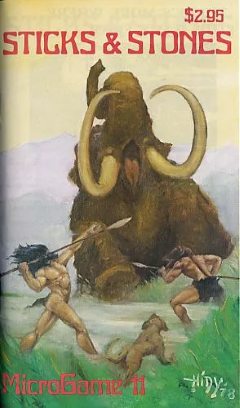
Sticks & Stones is a board wargame published by Metagaming Concepts in 1978 that is set in the Neolithic Age.




















